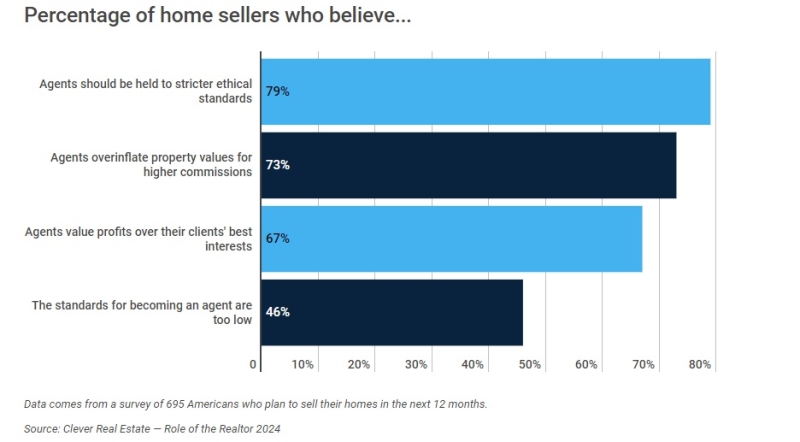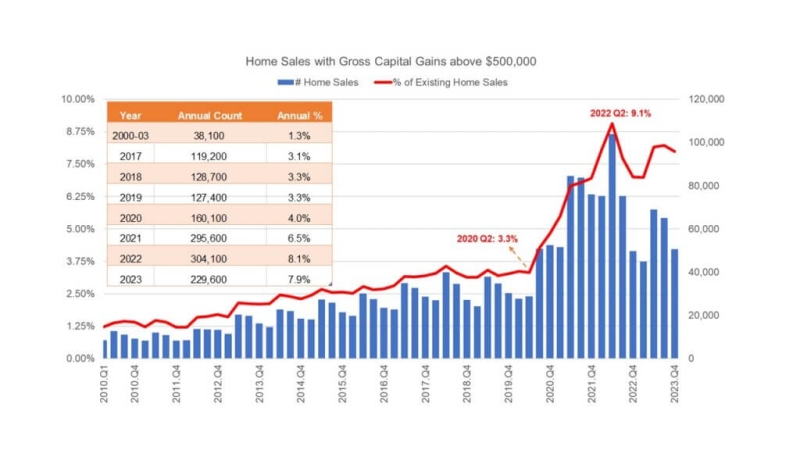Advertisement
Agencies propose guidance on non-traditional mortgage products
Submitting a commercial loan request to a lender: A primer for brokersGeorge C. UnserCommercial mortgage lenders
Commercial mortgage loan brokers often complain, "I sent a loan
request to a lender, and all I got back were questions and requests
for more information. Why can't he just send me a quote?" On the
other side, lenders often say, "The broker sent me everything but
what I need. Why can't the broker send me the information I need so
I don't have to delay getting him a quote?"
The purpose of this article is to explain how to submit a loan
request that will reduce frustration for both the broker and the
lender.
A commercial mortgage broker usually has two primary objectives
for his clients when requesting a loan quotation: to obtain a loan
quote with the best possible terms and to obtain a loan quote
quickly.
How the broker presents the loan request to the lender
determines how well he will achieve these objectives. A
well-prepared loan submission will help the lender to produce the
best possible results. A poorly prepared loan submission will cause
the lender problems and will often result in less than the best
loan offer. Further, a poor loan submission may result in the
lender rejecting what otherwise might have been a good loan.
The three-legged stool
A commercial real estate project must be supported like a
three-legged stool. The three legs are the property leg, the
borrower leg and the transaction leg. Without strong support from
all three legs, a stool will wobble or even fall over. The same is
true for a loan transaction. The broker needs to provide strong
supporting data for all three legs in the loan submission.
Otherwise, the lender will not be able to give a timely or reliable
quote.
Overview
The process for submitting a good commercial loan request to a
lender starts with the mortgage broker's first contact with a
potential client. From the beginning, the broker should gather
information, keeping the three-legged stool in mind. Once the
information on the project is gathered from the client, the seller
and other sources, the broker needs to prepare a loan submission
package for the lender. This process may take several hours or
longer. At this point, the broker should not be hasty. A few hours
spent developing a complete submission can save days, or even
weeks, of time later.
The initial loan request submission should include the
following:
• An executive summary, describing the loan and all
pertinent issues;
• The current rent roll, covering 100 percent of the rentable
space including vacancies;
• Income statements for the last two years, plus the current
year-to-date;
• Other supporting documents for the statements in the
executive summary; and
• Color photographs of the property.
The property leg
The property is the basis for a commercial mortgage loan. It will
be used as collateral for the loan. Thus, the lender needs to know
a great deal about the property. The following are a few items to
describe the property:
• Property type (e.g., multi-family, office, industrial,
self-storage, warehouse, raw land, retail, mixed use, etc.);
• Property address;
• Size in square feet, number of units and number of
stories;
• Land size in acres;
• Date built and dates renovated;
• Occupancy history;
• Rental income; and
• Net operating income for the last two calendar years, plus
the current year-to-date.
The property description should be brief. The description can be
a few sentences or a bulleted list, but it must contain all of the
items listed above.
The broker should review the property material for
reasonableness. He should check to see how the occupancy compares
to the market. He should check to see if rents are at market. If
possible, the property should be visited to see its condition. The
broker review may uncover benefits or weaknesses that need to be
discussed in the executive summary.
The property information should be summarized in the executive
summary. The current rent roll and historical income and expense
reports should be attached. Photographs are a must and should
include at least five views covering both the interior and exterior
of the property.
The borrower leg
The borrower may be individual(s) or an entity. If the borrower is
an entity, the lender is also interested in the principals of the
borrowing entity. The information on the borrower should
include:
• Creditworthiness—Each borrower's
credit should be indicated as the middle credit score given by the
three credit bureaus. It is not necessary to actually pull the
credit reports, as this will possibly lower the score if there are
too many credit inquiries. The general description of
creditworthiness is adequate for the initial submission. Describe
any conditions that could adversely affect credit scores, such as
bankruptcies, liens, etc. Provide explanations of special
circumstances that could incorrectly cause a low credit score (such
as a divorce);
• Financial condition—For the initial
submission, the net worth and liquidity should be disclosed for
each principal; and
• Experience—Provide a
résumé, describing pertinent real estate management
experience for each of the principals.
Lenders do not expect that every borrower have great credit,
high net worth and years of experience. What is important is to
describe the borrower accurately so that the lender can match him
up with the correct loan program.
The transaction leg
The elements of the transaction are crucial to ensure that the
lender provides the correct financing offer. If the lender
misunderstands the transaction, he will often quote inappropriate
loan terms. This is the area that is usually the weakest in loan
submissions. The mortgage broker should spend extra time and effort
to make sure that he understands the client's situation and
business objectives regarding the transaction.
Elements of the transaction include:
• Loan purpose (e.g., purchase, refinance or
cash-out);
• Loan amount requested;
• Purchase price and estimated value;
• Borrower's business plans (see below);
• Terms desired, including expected interest rate, fixed-rate
period, term and amortization;
• Date by which the loan must close;
• 1031 exchange details;
• In the case of a refinance, the current loan balance, due
date and terms;
• Borrower's intended use of cash-out proceeds;
• Length of time property has been owned; and
• Special circumstances that affect the transaction.
All of the elements above should be covered in the executive
summary.
The business plan is critical to allow the lender to provide the
proper loan quote. For example, an apartment building purchase
could have several possible business plans. The buyer may plan to
run it as a rental property. However, he may instead plan to
convert it to condos or even raze it to build a shopping center.
Obviously, these different business plans require different forms
of financing.
The broker should do some calculations to ensure that the
transaction makes economic sense. For example, he should check to
see that the borrower has enough liquidity to make the down payment
and pay closing costs. He should also estimate what the debt
service coverage will be, etc. Any issues the broker uncovers
should be discussed with the client and resolved before submitting
the request to a lender.
Conclusion
The loan submission must include a lot of information. However, it
need not be lengthy. A good loan submission should be less than 10
pages. The executive summary will typically be one to three pages.
Attachments should include the rent roll, profit-and-loss
statements, photographs and any other pertinent documents to
support the executive summary.
The loan submission should not include tax returns, complete
credit reports or complete appraisals, unless these documents are
needed to support special circumstances of the transaction. In
fact, a lot of extra documents are detrimental to getting a timely
response. The lender may set lengthy requests aside because he
dreads the extra effort required to sort through the unnecessary
documents to find the important information. Lenders now usually
prefer that all of the documents be assembled into one Adobe PDF
document and e-mailed.
This article has covered the loan submission from the lender's
viewpoint. When a commercial mortgage broker looks at a potential
loan transaction from the lender's viewpoint, he will most likely
improve his success in meeting his objectives, as well as close
loans more quickly.
Always keep the three-legged stool in balance, and you will have
a solid response from your lenders!
George C. Unser is the senior underwriter for Sterling
Commercial Capital. He may be reached at (203) 366-0320 or e-mail
[email protected].
About the author





